Hearing aids have improved greatly with the advent of digital technology. If you’re picturing big and bulky devices with questionable sound quality, you’ll be pleased to learn today’s instruments are smaller, more comfortable and provide sound that is more natural. They are available in a variety of sizes and styles, so finding one that appeals to your lifestyle needs and cosmetic preferences should be easy.
Here are the types available:
Receiver-in-the-Canal (RIC)
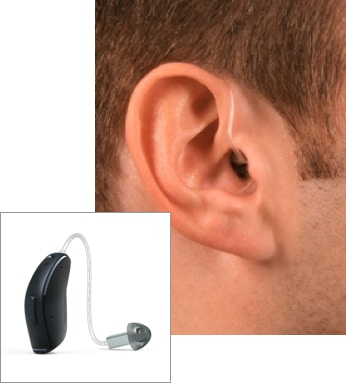
A RIC hearing aid consists of a tiny housing containing all electronics except the receiver, which is positioned behind the ear. A thin tube connects the housing to the receiver, which is worn in the concha (bowl-shaped portion) of the ear.
It’s a small and discreet unit but powerful enough for treating mild to moderately severe hearing loss. Conveniently, this hearing aid style offers rechargeable options.
Behind-the-Ear (BTE)
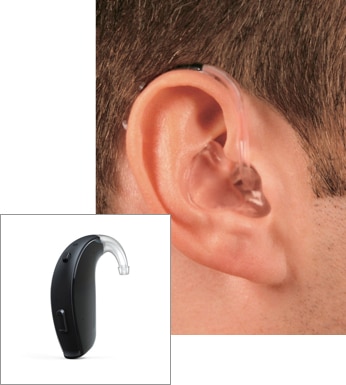
The most popular style of hearing aid (about 60 percent of users choose this type), a BTE device is curved to match the contour of the ear and rests directly behind the ear. The housing, which contains all the electronics, is encased in plastic and connects to the ear canal with a thin, clear tube or ear mold.
Though more visible than other styles, the BTE is simple to use, making it a popular choice for children. It’s powerful enough for all types of hearing loss.
Completely-in-the-Canal (CIC)
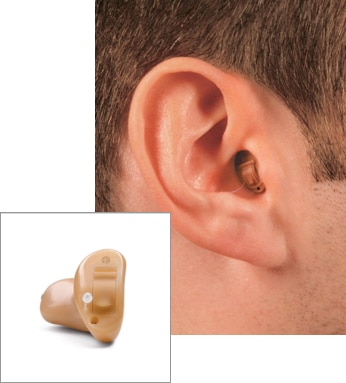
This hearing aid is placed in the ear canal and is the smallest available. It takes advantage of the ear’s natural ability to collect sound, and its discreet size makes the device virtually invisible to others.
The trade-off is a shorter battery life, and it may prove difficult to adjust for those with poor manual dexterity. This is a good choice for mild to moderate hearing loss.
In-the-Canal (ITC)
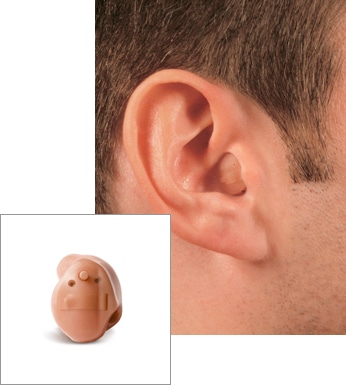
This style is also designed to fit in the ear canal, but not as deeply as a CIC device, resting securely in the lower portion instead. It’s a little larger, making it easier to insert and remove and extending the battery life.
Best for patients with mild to moderate hearing loss.
In-the-Ear (ITE)
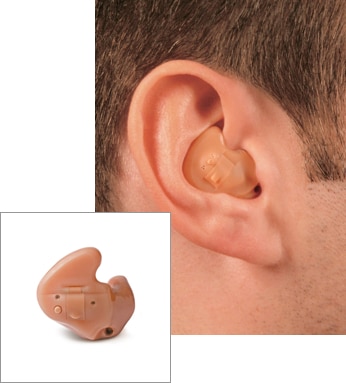
This hearing aid is designed to fill the outer portion of the ear, and is larger than those worn in the ear canals. It is less discreet, but the size allows for more features and makes the unit easier to adjust.
A bigger battery translates to longer life and means those with severe or profound hearing loss can benefit from this style.
Call Southeast Texas Ear, Nose & Throat at (409) 212-8111 for more information or to schedule an appointment.
Call Facial Plastic Surgery of Beaumont at (409) 212-8121 for more information or to schedule an appointment.
Call the Allergy & Sinus Center at (409) 981-1777 for more information or to schedule an appointment.
Call the Hearing Aid & Tinnitus Center at (409) 981-1700 for more information or to schedule an appointment.